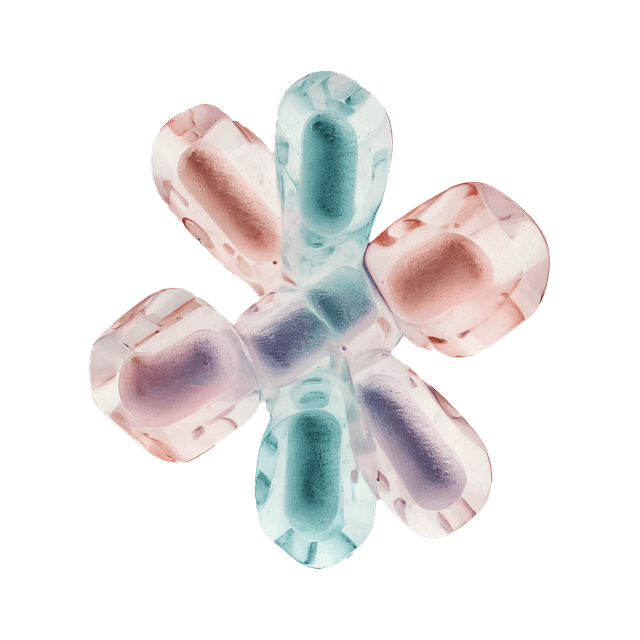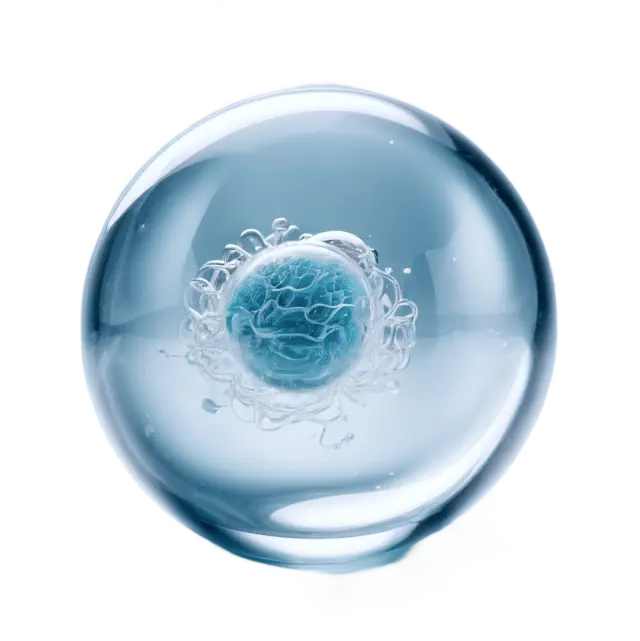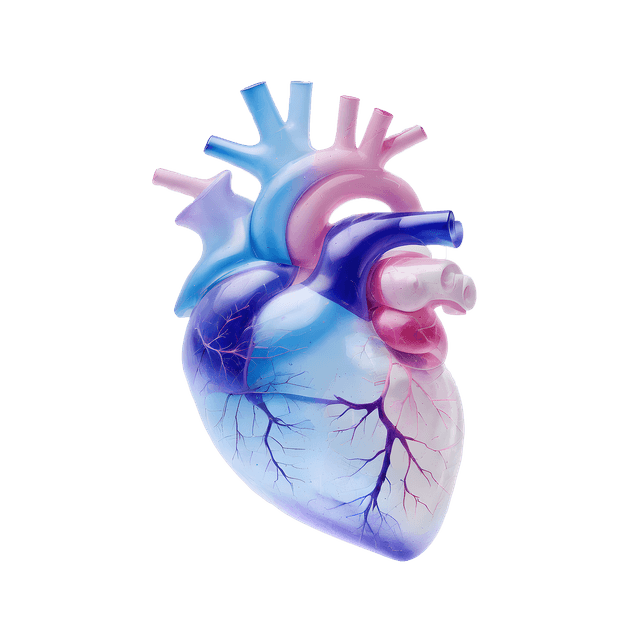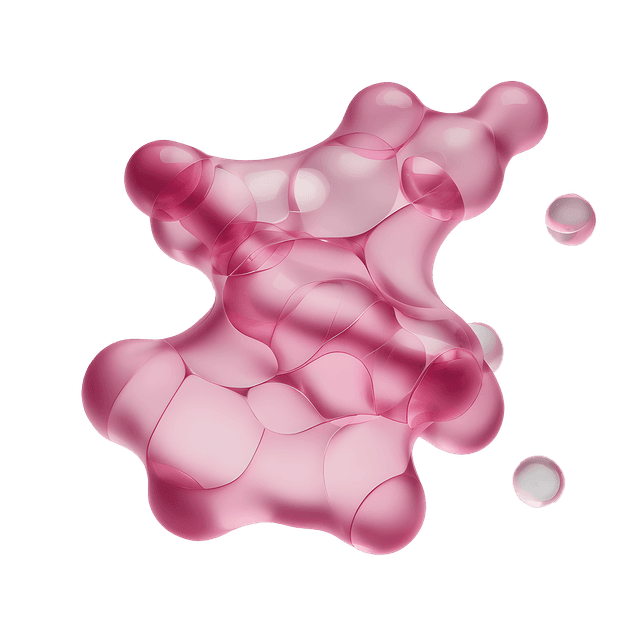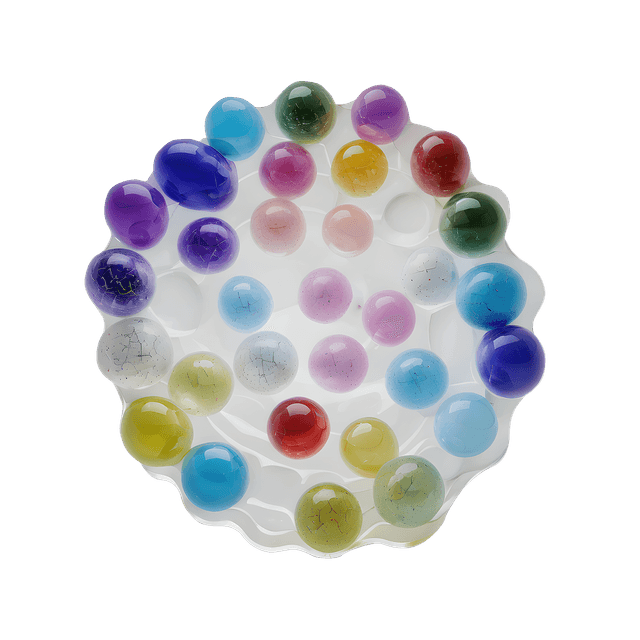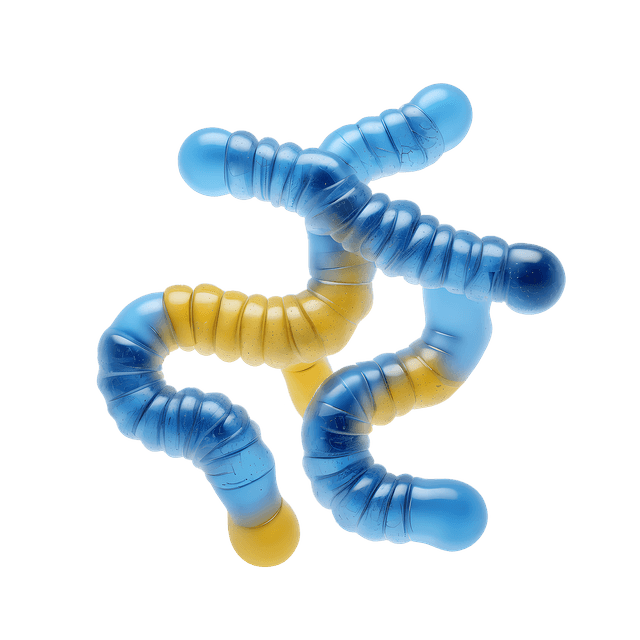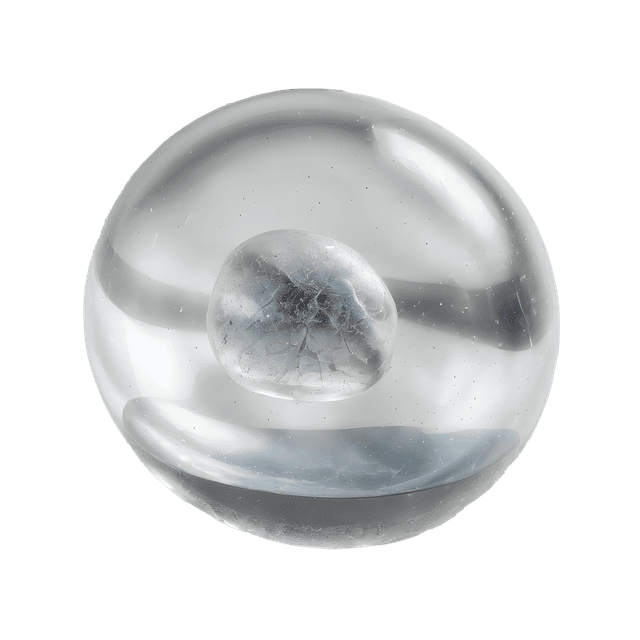Using blood sample data from thousands of analyses, we have compiled average values for total testosterone (S-testosterone) (nmol/L) in men, divided into age groups. The results are both clear and interesting.
Testosterone – Mean values per age group
| Age range | Mean value (nmol/L) |
|---|---|
| 10–19 years | 17.53 |
| 20–29 years | 19.55 |
| 30–39 years | 20.12 |
| 40–49 years | 21.72 |
| 50–59 years | 20.00 |
| 60–69 years | 18.53 |
| 70–79 years | 17.80 |
| 80–89 years | 15.67 |
Top record for men aged 40–49?
Surprisingly, it is men in the age group 40 to 49 years who show the highest average testosterone value in the compilation. A whopping 21.72 nmol/L. The result goes against the general belief that younger men in their 20s or 30s would have the highest levels of testosterone.
A possible explanation for this could be that this particular age group to a greater extent consists of men who actively prioritize their health, exercise regularly, monitor their hormone status and order tests through the Testmottagningen. This means that the sample may not fully reflect a random population, but rather a target group with higher awareness of body and performance.

That does not make the result any less interesting – quite the opposite. It raises the question of whether conscious lifestyle, exercise and self-care can actually help men in this phase of life maintain or even optimize their testosterone levels. It also shows the value of measuring, monitoring and understanding their hormonal status – regardless of age.
At what age does testosterone start to decline?
Data shows that testosterone levels, on average, begin to decline after the age of 50, which is consistent with what medical studies often show. However, the decline is gradual:
- From 20.0 nmol/L in the 50–59 age group
- To 15.67 nmol/L in the 80–89 age group
The decline corresponds to approximately 0.6–1.0 nmol/L per decade after the age of 50.
So what is a normal testosterone level for men?
Normal reference ranges for total testosterone vary somewhat between laboratories, but are often between 8–30 nmol/L depending on age, time of day, and individual factors. A value below 8–10 nmol/L in adult men may indicate testosterone deficiency (hypogonadism) and may need to be investigated further.
What affects testosterone levels?
Several factors can negatively affect testosterone production:
- Age
- Lack of sleep
- Overweight and abdominal obesity
- Strong and prolonged stress
- Illness or medication
- High alcohol intake
It is important not to blindly rely on a single value – without also taking into account symptoms and lifestyle factors.
Your testosterone value in context
Understanding how your testosterone value compares to the average for your age group can provide valuable insight into your health status. A value that is slightly below average is not necessarily abnormal – but if you experience symptoms such as fatigue, low sex drive, reduced energy or depression, it may be wise to investigate the matter further.
If you are thinking about checking your testosterone levels – You can order a referral for S-testosteron. You will get clear results, medical interpretation and you can also compare your results with other age groups – completely on your terms.


